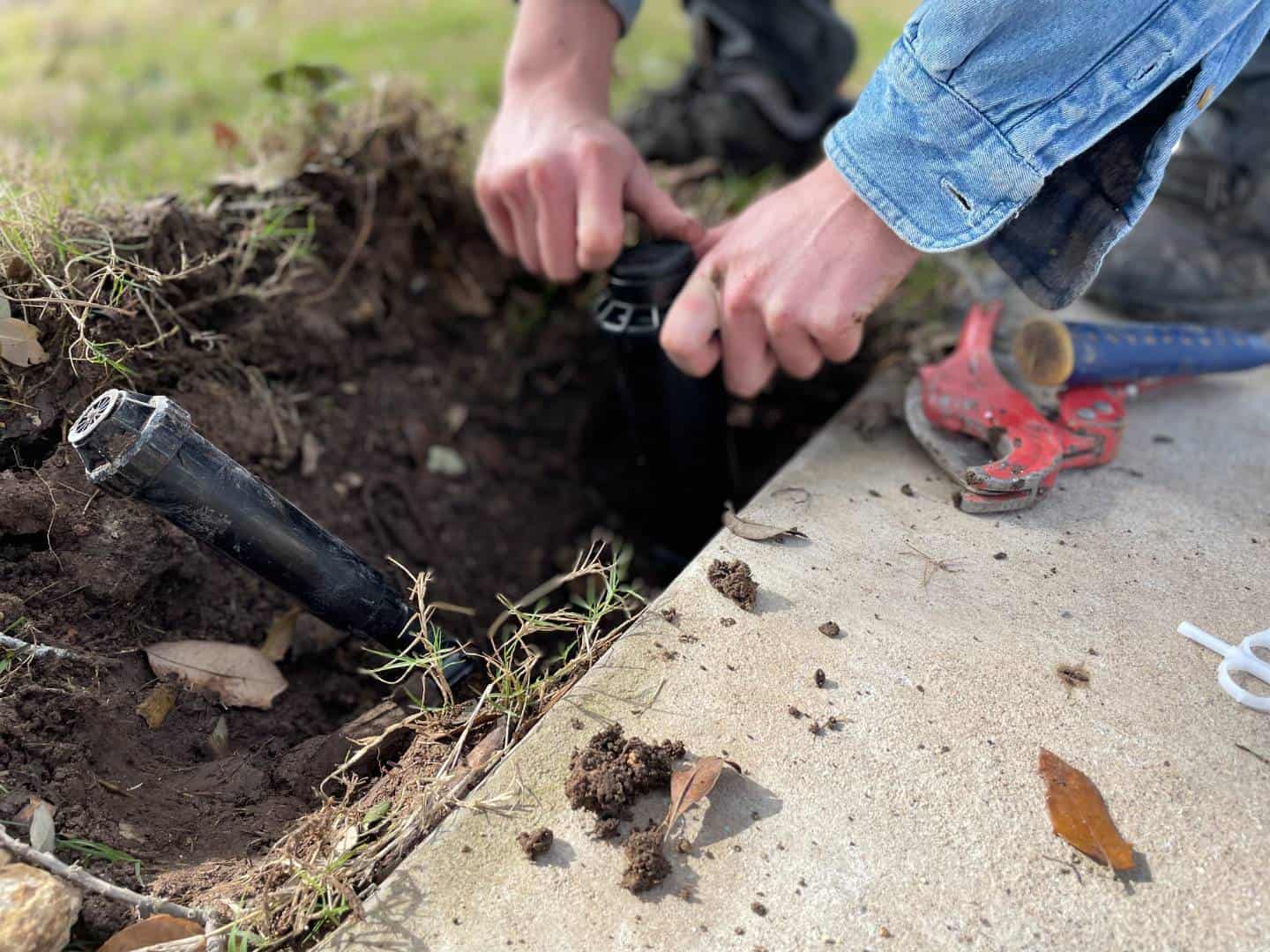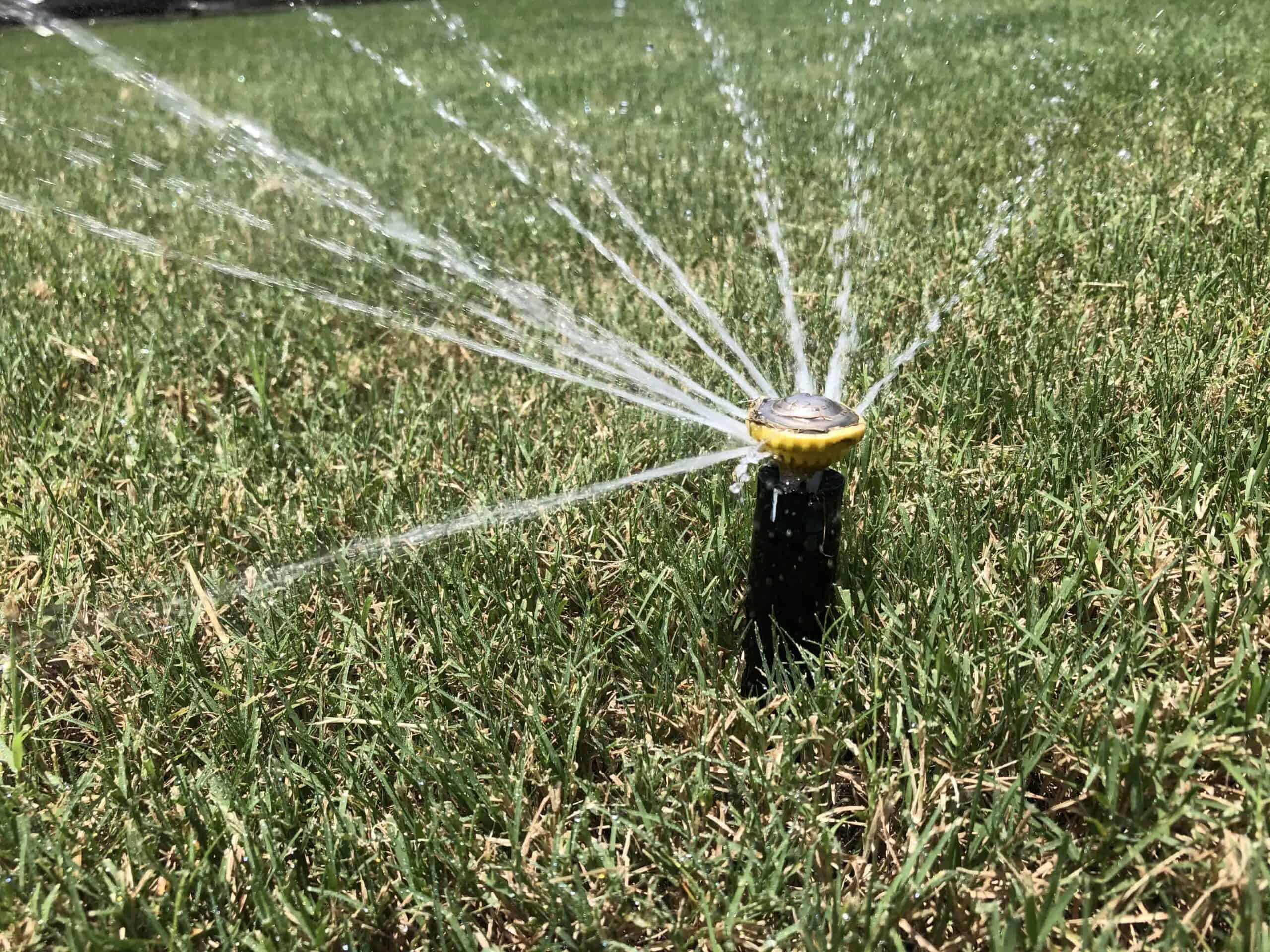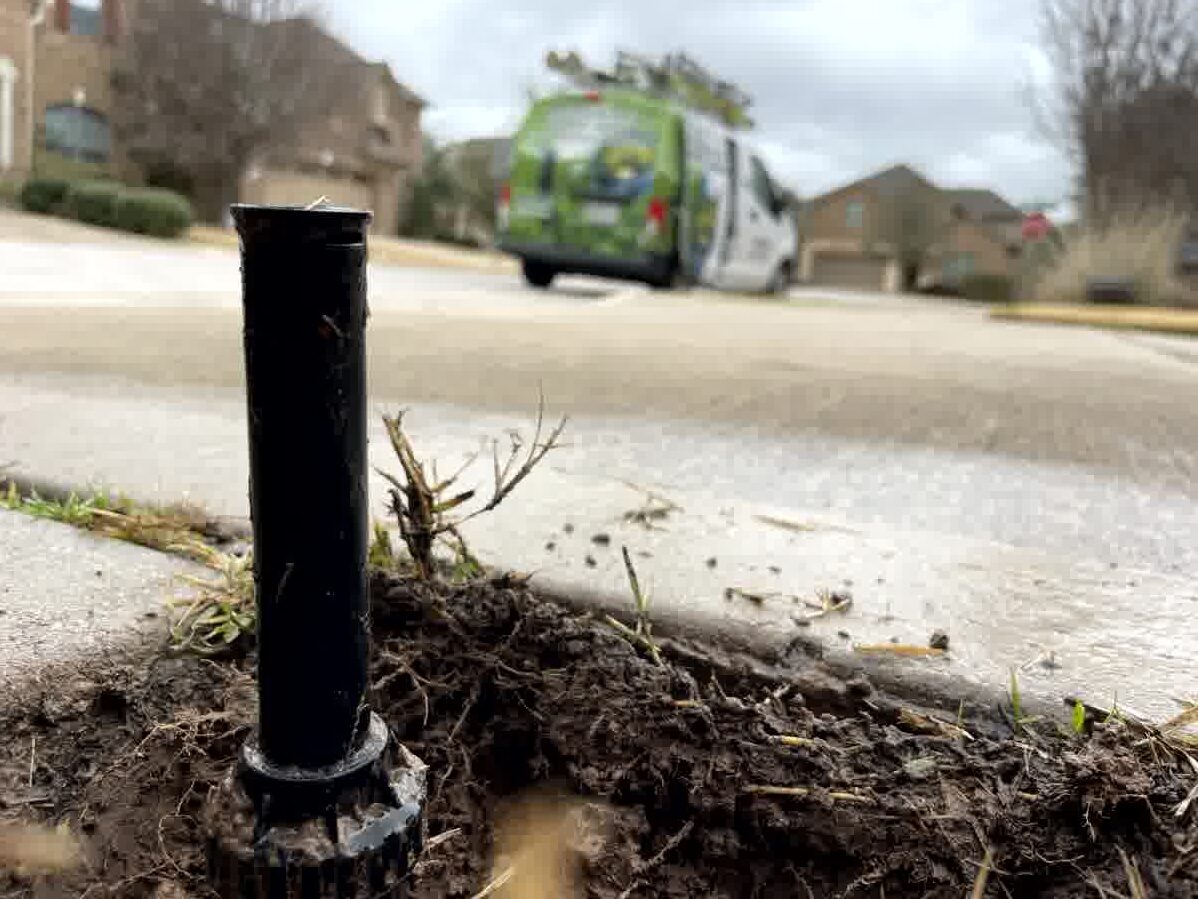Hidden Problems You Missed During a DIY Sprinkler Inspection
Introduction: It is easy to run a quick zone test and call it good, especially when fall schedules get packed in Dallas TX. However, sprinkler inspection work often reveals small problems that can go unnoticed, quietly draining water and stressing turf before anyone notices. Here is a practical walk-through that feels like having a seasoned tech looking over your shoulder, so you can spot what most DIY checks miss and keep your irrigation in step with the season.
You Didn’t Check for Any Leaks for Your Sprinkler Inspection
How Minor Leaks Can Cause Some Major Damage
Even a hairline leak can throw a lawn off balance. Pressure slips, spray patterns collapse, and the zone that used to look even suddenly shows thirsty halos around heads, while another corner stays wet for hours. It is subtle at first, then it appears on the water bill, and finally, it becomes visible in the grass. In Dallas TX, clay soils that slow seep near the surface invite fungus in low spots and starve high spots that never receive the intended flow.
Left alone, a small weep at a fitting or a cracked swing joint can slowly undermine more than turf. Water that migrates beneath walkways can shift the compacted base, and pooled moisture along the foundation line is never a welcome guest. During a sprinkler inspection, most folks run zones for a minute, see water moving, and move on. Give each zone enough time to reveal itself. Watch for bubbling at the base of the heads, and look down the curb for runoff that continues after the controller stops. Persistent trickles tell you a valve is not sealing or a joint is compromised, and that is the kind of irrigation issue worth fixing before it snowballs.
What Causes Minor Sprinkler Leaks to Happen?
Minor leaks usually stem from everyday life, rather than a catastrophe. A head that a tire has nudged starts to sit a touch low, and the seal does not meet cleanly. Mowers clip the cap, the body hairline cracks, and it only shows when pressure climbs. The thread tape that looked fine last spring loosens through thermal cycling. Rubber O-rings grow brittle, then seep under load, and roots slip into a shallow lateral and pry at a fitting until it allows water to flow when the zone kicks on.
Sometimes the leak is upstream of what anyone can see. A valve diaphragm becomes clogged with grit in the seat and will not shut completely, so the lowest head in that zone continues to dribble long after the cycle has ended. Freeze snaps can damage a backflow housing that was not properly insulated, and sandy soils can erode old PVC, leaving a dark, damp stripe along a trench line. If you suspect it, use your water meter as a truth meter. With all fixtures off, any movement at the meter suggests a supply-side leak. Isolate irrigation at the shutoff to split the house from the yard, then test one zone at a time. It is simple sprinkler repair work, and it pays off fast.

Incorrect Sprinkler Adjustments During a Sprinkler Inspection
You Adjusted the Sprinkler Heads Incorrectly
Arc and radius adjustments look straightforward, yet a quarter-turn too far sends water into the sidewalk and leaves a dry crescent two paces away. Spray heads are designed for a specific pattern and a specific pressure window, so when the pressure is high, the water mists. Misting is that fog you see on a windy day, and it means most of your water is drifting off. A simple pressure-regulated head maintains sprays at a pressure range of 30 to 40 PSI, while rotors prefer a higher range; this single detail keeps patterns crisp and predictable.
Nozzle choice matters just as much. Mixing a high-flow nozzle with a low-flow one disrupts matched precipitation and creates striping that persists, regardless of the zone’s runtime. If you adjusted heads during your sprinkler inspection and still see tiger stripes in the lawn, check the nozzles you installed. Keep like with like on the same zone, align edges so water meets water at the far arc, and raise or lower the body so the cap sits at grade rather than below it. That simple alignment protects the seal, reduces scalping from the mower, and improves distribution, a benefit you can see within a week.
You Didn’t Place Your Sprinklers in the Right Place
Placement is about spacing and context, and the yard rarely offers perfect rectangles. Head-to-head coverage is the standard that keeps turf even, ensuring each head reaches the next. Stretch a radius to save a head, and you create gaps that never receive enough precipitation. Tighten spacing in a narrow strip and you drown it. Wind drifts in Dallas TX, can push sprays off target in the afternoon, so consider how your prevailing breeze interacts with arcs. Turn patterns slightly into the wind, and the water lands where you intend rather than on the driveway.
Hardscape edges reflect heat and change how the zone behaves. South-facing walls dry the turf quickly, while shaded fence lines hold moisture longer. Place rotors and sprays to respect those microclimates, and do not hesitate to convert heavily planted beds to drip where it makes sense. Drip irrigation, paired with a proper pressure reducer and filter, delivers water to roots efficiently and sidesteps overspray onto patios. If this all feels like a lot of moving parts, an irrigation system repair service can map zones, confirm spacing, and suggest small relocations that deliver big improvements.

You Forgot to Make Adjustments For Your Sprinkler Inspection
How to Effectively Adjust Your Sprinklers
An effective adjustment starts with observation, not the screwdriver. Run one zone at a time and stand where you can see the farthest head. Look for overspray past the turf, low arcs that barely reach, and heads that do not pop fully. Then adjust the arc to match hard edges, set the radius so that streams meet at the far edge, and fine-tune the height so that caps are level with the grade. After each tweak, run the zone again. It takes a little patience, yet it saves time later because you will not be chasing uneven patches.
Controllers deserve a fresh look in the fall. Seasonal adjust is a helpful feature that lets you reduce run times for cooler days without editing every station. In Dallas TX, scaling back watering as nights cool prevents that overwatered, squishy feel that invites disease. Cycle and soak is another quiet hero on clay soils. Split a long run into shorter bursts, let the water settle, then finish the cycle. The soil absorbs more water, runoff decreases, and roots benefit from deeper moisture. If you like proof, set out catch cups or tuna cans, run a full cycle, and check how much lands across the zone. That simple audit confirms your adjustments are working.
When You Should Start Considering Professional Help
There is a point at which calling a pro shifts from a luxury to a smart move. If a valve will not shut and the zone dribbles for hours, or a wire short keeps stations from running, that signals electrical or hydraulic issues that need diagnostic tools. When a backflow preventer is involved, pressure tests and local compliance are crucial. Having a certified technician ensures you stay on the right side of the code. If a main line break soaked a swath of lawn overnight, you want someone who can isolate the problem quickly, repair it cleanly, and restore grade so it looks like it never happened.
Patterns that defy your best adjustments are also a sign. If you swapped nozzles, leveled heads, tuned arcs, and the lawn still shows dry arcs and mushy corners, there is likely a design mismatch or hidden leak. An experienced irrigation service can test pressure under load, confirm matched precipitation, and recommend zone splits or head relocations that align with how your yard actually behaves. And if life is busy, as it usually is, bringing in help is not a failure. It is a practical way to protect your landscape investment and free up weekends while keeping water use in check.

Conclusion
A thorough sprinkler inspection saves water, protects your lawn, and reduces unexpected repairs, which feels especially beneficial as the season shifts in Dallas TX. If you need a second set of expert eyes or are ready to hand this off, the team at Progreen Landscape Solutions handles everything from leak detection to system tune-ups with a calm and thorough approach. Reach out when it works for you, and they will walk the property, discuss your goals, and tailor a plan that suits your yard and schedule.

"*" indicates required fields

RACHEL, H

C.W.

GEORGE, T.

MARK, A.
SERVICE AREAS
Dallas
Fort Worth
Frisco
Irving
Arlington
Plano
Allen
University Park
Grand Prairie
Richardson
Preston Hollow
Highland Park
Lakewood
Farmers Branch
Balch Springs
Duncanville
Coppell
Grapevine
Vickery Meadow

